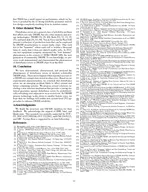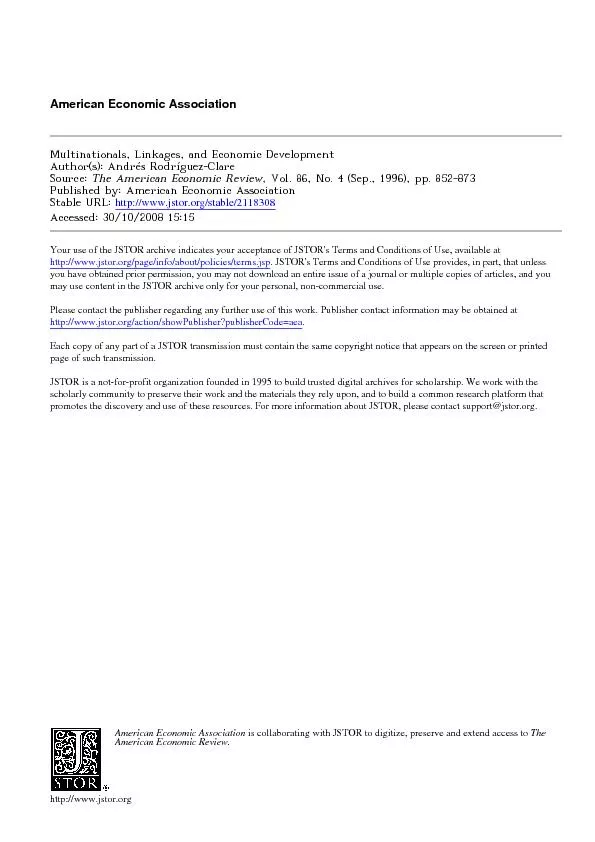PPT-Acessa Health Kim Rodriguez
Author : nersonvisa | Published Date : 2020-06-17
Confidential and Proprietary to Acessa Health Inc Uterine Fibroids Uterine fibroids leiomyoma are very common among women of reproductive age The lifetime
Presentation Embed Code
Download Presentation
Download Presentation The PPT/PDF document "Acessa Health Kim Rodriguez" is the property of its rightful owner. Permission is granted to download and print the materials on this website for personal, non-commercial use only, and to display it on your personal computer provided you do not modify the materials and that you retain all copyright notices contained in the materials. By downloading content from our website, you accept the terms of this agreement.
Acessa Health Kim Rodriguez: Transcript
Download Rules Of Document
"Acessa Health Kim Rodriguez"The content belongs to its owner. You may download and print it for personal use, without modification, and keep all copyright notices. By downloading, you agree to these terms.
Related Documents














